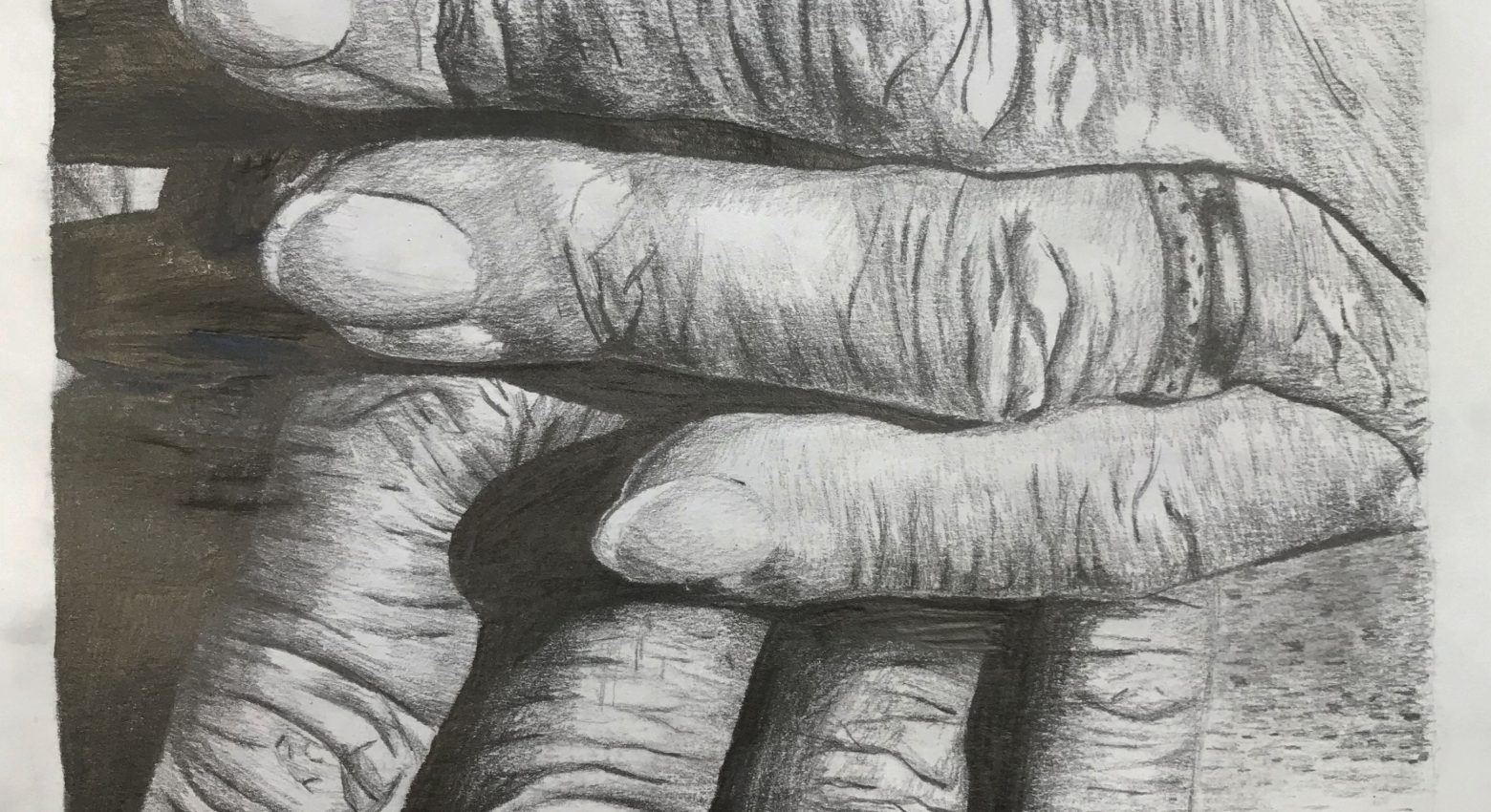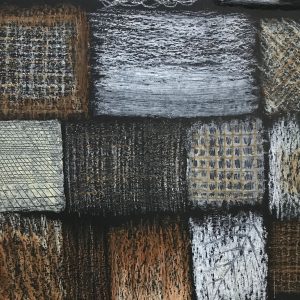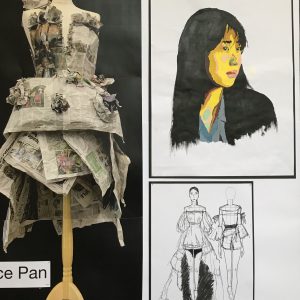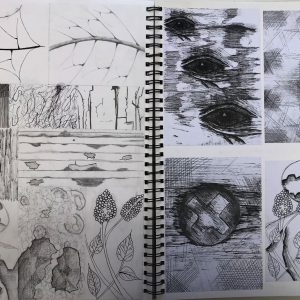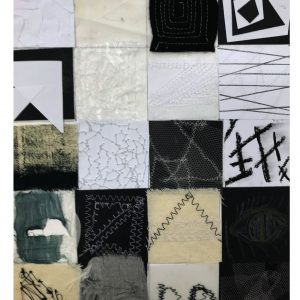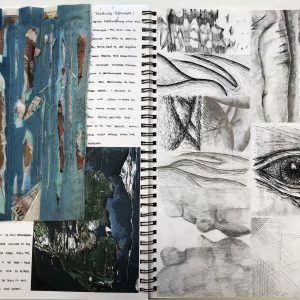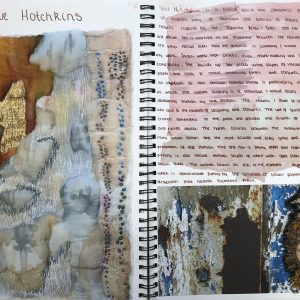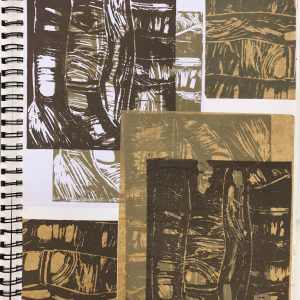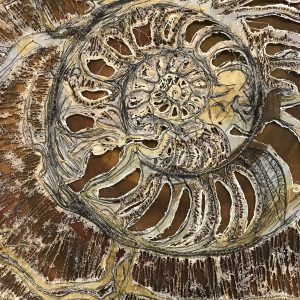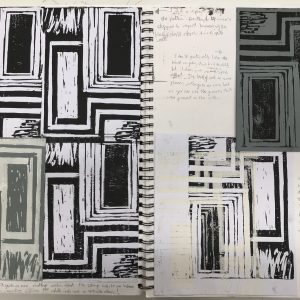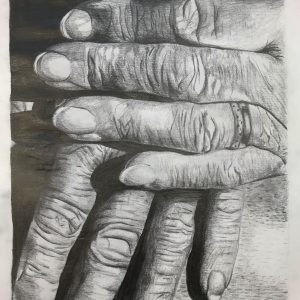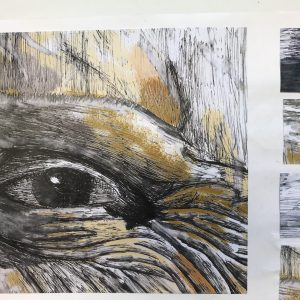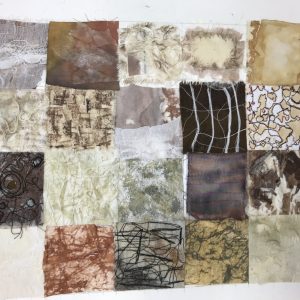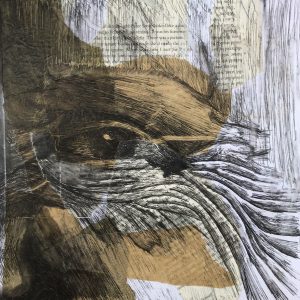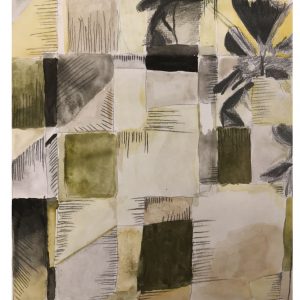The importance of creativity has never been more important in young people, it supports their development of motor, language, and social skills, decision-making, creativity, and inventiveness. The arts provides challenges for learners at all levels as well as connecting pupils with their own culture as well as with the wider world.
Art and Textiles at WGS continues to flourish. With an impressive record of achievement in all public examinations and growing pupil numbers, pupils have the opportunity to study Art and Design: Fine Art as well as Art and Design: Textiles, with many opting to study both.
In the Lower School, Art covers a wide range of creative activities that combine elements of both Fine Art and Textiles including drawing, painting, printing, modelling, constructing, tie-dye, batik, and computer-aided design. We aim to discover and develop pupil’s creative skills and give a broad understanding and experience of art and design within an artistic or cultural context. Our pupils are encouraged to have the confidence to work on a larger scale, to produce imaginative work; to develop practical problem-solving techniques, leadership, and teamwork. The Art and Design curriculum is complemented by the opportunity to attend a variety of art clubs as part of the Period 5 activities, where pupils can improve their practical skills, work on group projects or just enjoy being in a creative environment.
In 3rd Form, pupils can opt to experience both disciplines as defined areas in preparation for OCR GCSE and A-Level
Textiles offer an exciting opportunity to explore textile art, textile design, interior design and elements of fashion. Teachers encourage students to realise ambitious outcomes and independent, adventurous creativity. With the vast majority of work practical rather than written this course offers a contrast to other academic subjects. It aims to showcase creative skills, diversity, and independence with the ultimate aim to achieve success. Teachers support pupils very effectively and will create every opportunity for pupils to reach their full potential.
The Fine Art course aims to build knowledge, skills, and understanding of the subject. Both the coursework and final exam at GCSE are practical through which pupils are encouraged to develop personal creative ability. Recording in a range of media and supported by photography underpins given starting points. Work is then extended to explore a range of creative outcomes including painting, collage, plaster, photography, computer graphics, photographic screen printing or mixed media for example.
With the creative industries named as a priority sector in the UK Government’s Industrial Strategy, it seems the importance of creativity is very clear. In fact, of all of the transferable skills, creativity was one of the greatest predictors of a job’s future prospects. Creativity inspires people to work with each other to explore ideas and problem solve. The recognition of this has now been supported by The Russell Group (made up of 24 of the top UK universities) who have now scrapped its controversial list of preferred A- Levels giving creative subjects greater prominence.
Whilst many of our pupils go on to study Art and Design related courses at their first choice university, others study Medicine, English, History, and Geography to name but a few.
Creativity, innovation and decision making will be key skills for the workforce of the future. The importance of a growth mindset, self-confidence, improved cognition communication, and self-confidence has never been more important.
Come and discover more about Art and Textiles at our next Open Morning on Saturday 21 March 1000 – 1230


